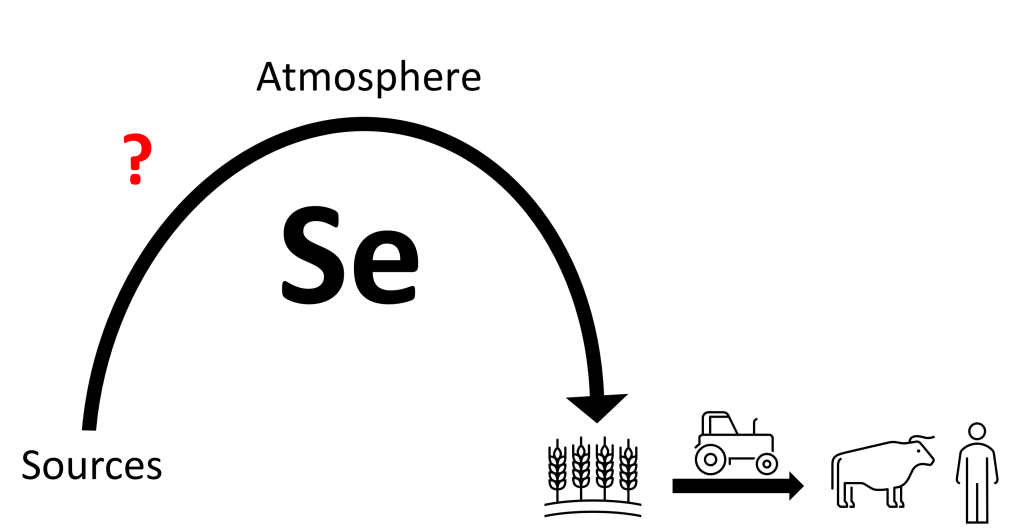Une voie à suivre pour la crise climatique
– Par Geoff Strong and Richard van der Jagt –
Le temps presse pour prendre le contrôle de notre climat avant qu’il n’atteigne un point de basculement, après lequel nous perdrons la possibilité de renverser la situation.










